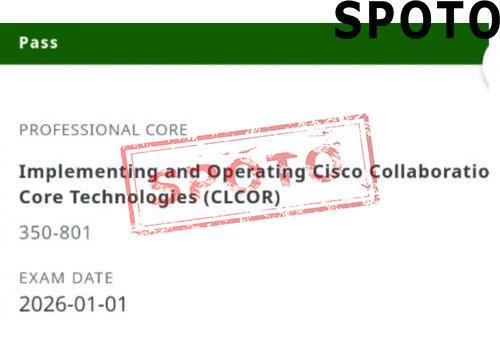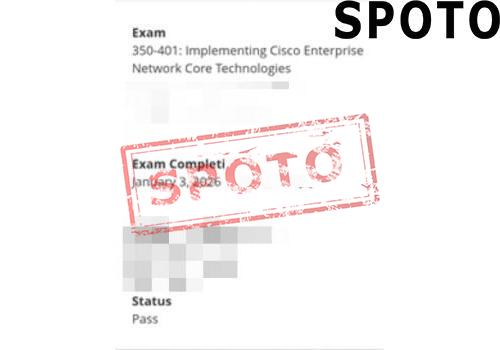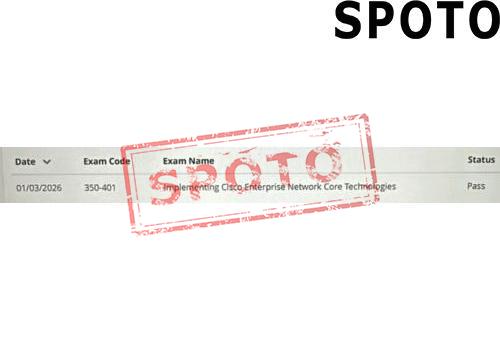
Table of Contents
As a network engineer, your main objective is to ensure that all your network hardware is always functioning. But as everyone is aware, equipment might malfunction. It might be due to hardware issues, software discrepancies, or environmental risks.
You must determine and pinpoint the malfunction's origin and fix it as quickly as you can under such uncontrollable circumstances. Because of this, it is beneficial to be aware of a few particular strategies that have emerged as significant and fundamental in the realm of networking. However, maintaining and troubleshooting these networks can be a daunting task. It is where the importance of network training, particularly Cisco training, comes into play.
What Is Network Troubleshooting?
Troubleshooting is the process of locating network issues through a detailed, repeatable procedure and then resolving those issues using techniques that can be put to the test. Since you can target specific network components, test each one for functionality, and are encouraged to record your approach, troubleshooting is more productive than randomly trying things until the network works. A computer hobbyist or prospective network engineer might benefit from learning about network troubleshooting.
What is the significance of network troubleshooting?
Business resilience is built on quick, efficient network troubleshooting. Networks today handle more crucial corporate operations than ever. Networks may experience expensive downtime due to the lack of thorough investigation and prompt issue resolution.
Experiencing downtime can result in reduced productivity, subpar services, data breaches, and malware, which all have financial effects. These effects may have high costs and harm brands in the long run.
How do organizations manage troubleshooting?
Of course, troubleshooting entails more than simply changing user passwords or restarting hardware. It involves a collection of protocols, practices, and tools used, particularly in big organizations, to handle various requests from a complicated mix of users and scattered network equipment.
Large organizations frequently have an entire staff committed to network issues. Tier 1 difficulties, such as password resets, are dealt with by the team's engineers. Tier 2 problems are those that can't be handled by Tier 1, while Tier 3 problems are those that are mission-critical.
Tier 1 problem-solving gets contracted out. Requests are efficiently channeled using an escalation architecture, and upper-level engineers are assigned the correct assignments.
Automated systems, machine learning (ML), and artificial intelligence (AI) have all been employed to fill skills gaps. These innovations provide Tier 1 engineers with guided remediation tools that enable them to deal with complicated network issues more quickly.
The inclusion of these tools may necessitate training and administration by IT teams- numerous organizations already have distinct network diagnostic solutions. A network management system (NMS) is more frequent when network troubleshooting gets integrated.
Methods for Troubleshooting:
Here are a few more troubleshooting techniques that may be applied to successfully identify the underlying cause of the network issue and put the best fix in place right away.
- Comparing Configurations
Many network performance problems are due to human mistakes, the first step in troubleshooting is to look for network configuration modifications that may have been performed. Implementing the AAA method gives you access to the logs that are kept locally on the device or on an AAA server, which keeps track of these changes.
- Follow the path
The most popular troubleshooting method is to ping the destination device. Another ICMP-based tool, the traceroute, reveals where the ICMP packet terminated in the network. Knowing where your ping ends offers you an edge since it enables you to quickly pinpoint the issue and further investigate the most effective solution for fixing it.
- Components swappable
The most common reason for network disruptions is hardware, which may be anything from a simple ethernet cable wear and tear to a complete equipment breakdown. When this occurs, we are forced to replace the damaged gear with new hardware to keep the network operational. Along with monitoring what happens after the swap, this method is utilized to determine if a particular network device is the root of the problem.
Why Opt for Cisco Training?
- Comprehensive Curriculum:
Cisco's training courses are developed with a holistic approach. They not only cover theoretical knowledge but also emphasize practical applications. It equips professionals with both the 'know-how' and the 'do-how.'
- Industry Recognition:
A certification from Cisco is globally recognized. It--means network professionals with Cisco certifications are often preferred, as they are considered well-trained and skilled.
- Continuous Updates:
Technology is constantly evolving, and so are the threats that networks face. Cisco ensures its courses get updated regularly, aligning with the latest technologies and security challenges.
- Scenario-Based Training:
Cisco's courses use real-world scenarios for training. It provides professionals with insights into the challenges they might face in their roles and prepares them to address them efficiently.
- Diverse Range of Courses:
Cisco offers a plethora of courses catering to various aspects of networking. Whether you're a newbie wanting to learn the basics or a seasoned professional looking to upskill, there's a course tailored for you.
Simplifying Network Operations with Cisco Training
A well-trained professional can streamline network operations in several ways:
- Efficient Monitoring:
Understanding the network's nuances means you can better monitor its health. You'll be able to pinpoint potential bottlenecks or inefficiencies and rectify them before they escalate.
- Quick Troubleshooting:
The key to effective troubleshooting is identifying the root cause. With Cisco training, professionals get equipped to diagnose issues faster, leading to reduced downtime and minimal disruption to business operations.
- Optimized Network Performance:
Professionals trained by Cisco are adept at ensuring that networks run at their optimum. It means better bandwidth utilization, efficient routing, and improved network performance.
- Enhanced Security:
One of the critical components of network management is security. Cisco training educates professionals about the latest security threats and how to combat them, ensuring the network remains secure.
Conclusion
In an era where business operations are reliant on networks, ensuring seamless functioning is paramount. Cisco training, with its comprehensive approach and real-world applications, provides professionals with the tools they need to simplify network operations and troubleshooting. Not only does this lead to improved business efficiency, but it also provides a competitive edge in the ever-evolving networking. Whether you're a business aiming to boost your network performance or a professional looking to advance your career, investing in Cisco training is a step in the right direction.











